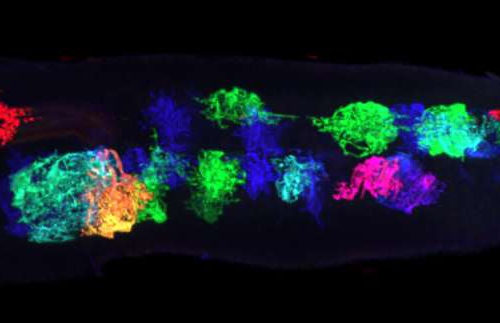Written by Kimberly Drake | Reviewed by Mandy Armitage, MD Updated on August 26, 2024print_outlinedemail_outlined Key takeaways: Table of contents Best balance exercises Balance training Exercise equipment Why is balance important? Bottom line References Wavebreakmedia/iStock via Getty Images Proper balance is important at any age. It can help you maintain mobility, reduce your risk of falls, and stay active...
Tag: <span>stability</span>
Post
‘Visual system’ protein appears to be key for stabilizing the body’s circadian rhythms
Johns Hopkins MedicineScientists at the Johns Hopkins University School of Medicine and the National Institutes of Health have identified a protein in the visual system of mice that appears to be key for stabilizing the body’s circadian rhythms by buffering the brain’s response to light. The finding, published Dec. 5 in PLoS Biology, advances efforts...
Post
Researchers identify pathway that transitions brain from plasticity to stability
by University of Oregon Astrocytes are star-shaped cells that support neural circuit structure and function. In this light microscopy image of the larval fruit fly brain (8 hours after hatching from the egg), individual astrocytes are fluorescently labeled in different colors. Astrocytes tile the nervous system to support the diverse neurons needed for larval locomotion. The...

